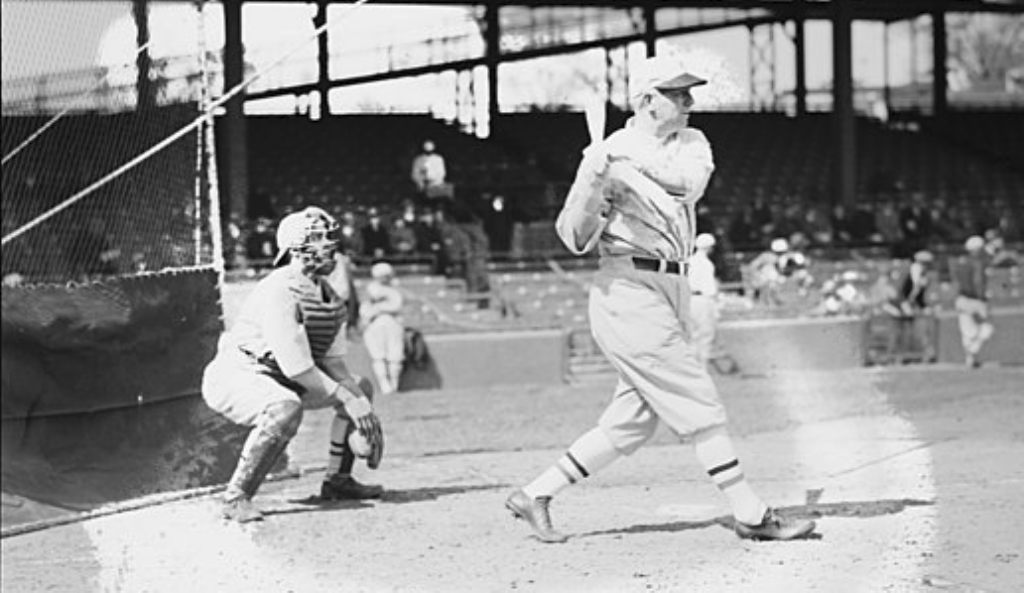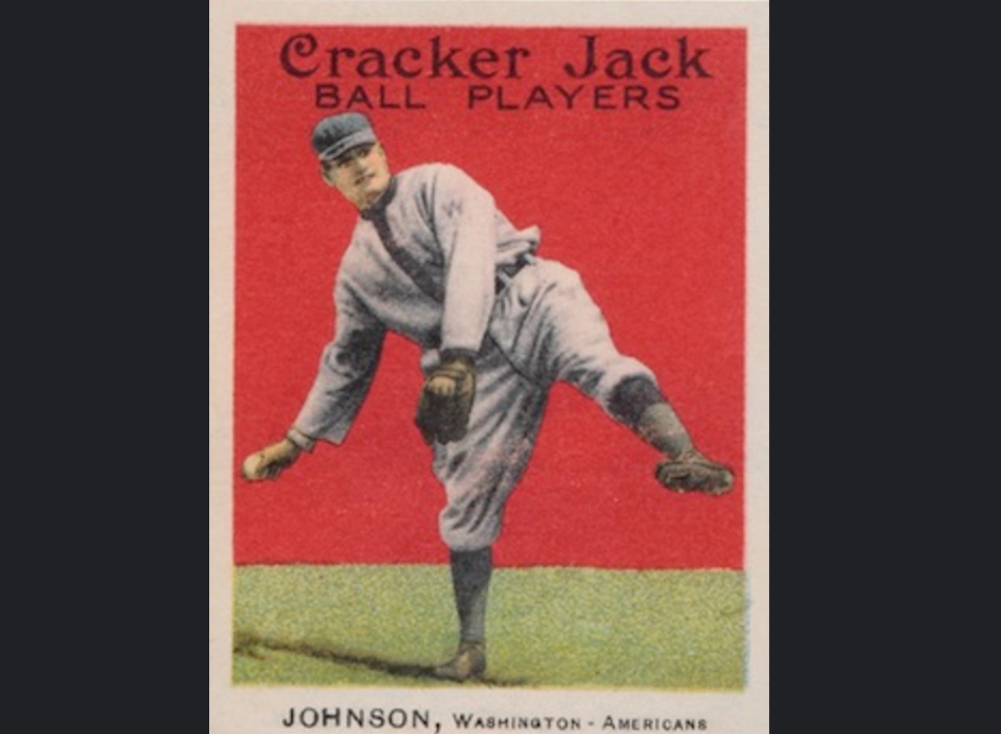Crack of the bat, roar of the crowd, the timeless beauty of a summer afternoon at the ballpark – Major League Baseball (MLB) has captivated hearts for over a century. But beyond the iconic stadiums and legendary players, lies a tapestry woven from the rich histories of each team.
This series delves into the heart of MLB, taking you on a journey through the decades. We'll explore the fascinating stories behind all 30 teams, from their inaugural seasons to their championship runs and everything in between.
Get ready to relive iconic moments: the thrill of Kirk Gibson's dramatic home run in the 1988 World Series, the heartbreak of Bill Buckner's ground ball error, or the sheer dominance of the "Murderers' Row" New York Yankees. We'll revisit legendary rivalries like Yankees vs. Red Sox, Dodgers vs. Giants, and Cubs vs. Cardinals, that have fueled passionate fan bases for generations.
But baseball is more than just statistics and highlights. We'll also meet the larger-than-life personalities who have shaped the game: the charismatic sluggers like Babe Ruth and Willie Mays, the firebrand pitchers like Nolan Ryan and Randy Johnson, and the defensive wizards like Ozzie Smith and Brooks Robinson.
So, whether you're a die-hard fan or a casual observer, grab your peanuts and Cracker Jacks, settle into your virtual bleachers, and join us as we celebrate the rich tapestry of Major League Baseball. This series promises to be a deep dive into the history, players, and unforgettable moments that make America's Pastime truly special.
Here we present the franchises of Major League Baseball from both the National and the American Leagues. We try to give you a bit a information on each franchise and in particular items that have to do with the jerseys and uniforms.












